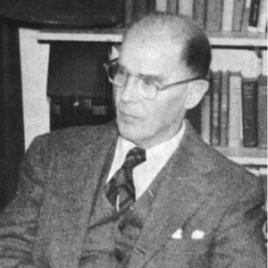Pioneer Information
Born in Somerville, Massachusetts, Comey received a private education at the Cambridge Latin School and studied landscape architecture at Harvard under Frederick Law Olmsted, Jr, earning an A.B. in 1907. Comey obtained his first two positions, as a park planner in Dixon, Illinois, and then as superintendent of parks in Utica, New York, with Olmsted’s assistance. In 1911, Comey returned to Cambridge and began practicing as a city-planning consultant. He prepared a master plan for Houston’s parks (1912-1913) and worked on a suburban planning study for Detroit (1914-1915). He placed second in a competition sponsored by the Chicago City Club for the design of a 160-acre parcel in the city. By 1917, he had worked on plans for numerous New England municipalities. Comey helped found the American City Planning Institute in 1917 and served on its Board of Governors. He also founded and served as secretary and vice chairman of the Massachusetts Federation of Planning Boards. From 1918 to 1919, Comey served as the town planner for the United States Housing Corporation. In 1928, he began a twelve-year teaching career at Harvard, lecturing in the School of Landscape Architecture and in the School of City Planning. Comey consulted for the U.S. National Resources Planning Board in the 1930s and early 1940s. He edited the National Municipal Review and contributed to the Harvard City Planning Series. He published many articles, including “Maximum Building Height Regulation” (1912) and “Regional Planning Theory: A Reply to the British Challenge” (1923) in Landscape Architecture Magazine. Comey became a Fellow of the American Society of Landscape Architects in 1920. He was also a member of the American Society of Civil Engineers, the American Institute of Consulting Engineers, the American Planning and Civic Association, and the Boston Society of Landscape Architects.





